About Tirana & Skanderbeg Square
Tirana, the capital of Albania, is known for its vibrant atmosphere and youthful energy. The city has seen a lot of growth and transformation in recent years, with modern infrastructure blending with traditional Albanian charm. It's a place where the past and the future coexist, and the warm hospitality of the locals makes visitors feel welcome. The blend of cultural influences, colorful architecture, and a lively café culture really gives the city a unique vibe.
There are a number of hypotheses about the name of the city. Some of them refer to the name "Tyrrenia" (ancient Etruscan name). Others believe that the city is called "theranda" (which means harvest) and "Tirkan", the name of an old castle at the foot of Dajti Mountain.
Skanderbeg Square is the heart of Tirana, and starting there is a perfect way to get a feel for the city’s rich history and culture. The Ethem Bey Mosque is a beautiful example of Ottoman-era architecture, with its intricate frescoes and history dating back to the early 19th century. It’s not only a place of worship but also a significant cultural landmark in the city.
The Clock Tower, another iconic feature of Skanderbeg Square, offers stunning views of Tirana from its top. Climbing the 90 steps is definitely worth the effort, as it gives you a panoramic perspective of the city and its surrounding mountains. It’s also interesting to think that it was once the tallest building in the city until 1971!
Besides these historical sites, Skanderbeg Square itself is often filled with activity and offers a central location to explore further the capital. From here, you can visit the National History Museum, which showcases Albania's past, or take a walk down to the colorful Blloku district for a more modern vibe.
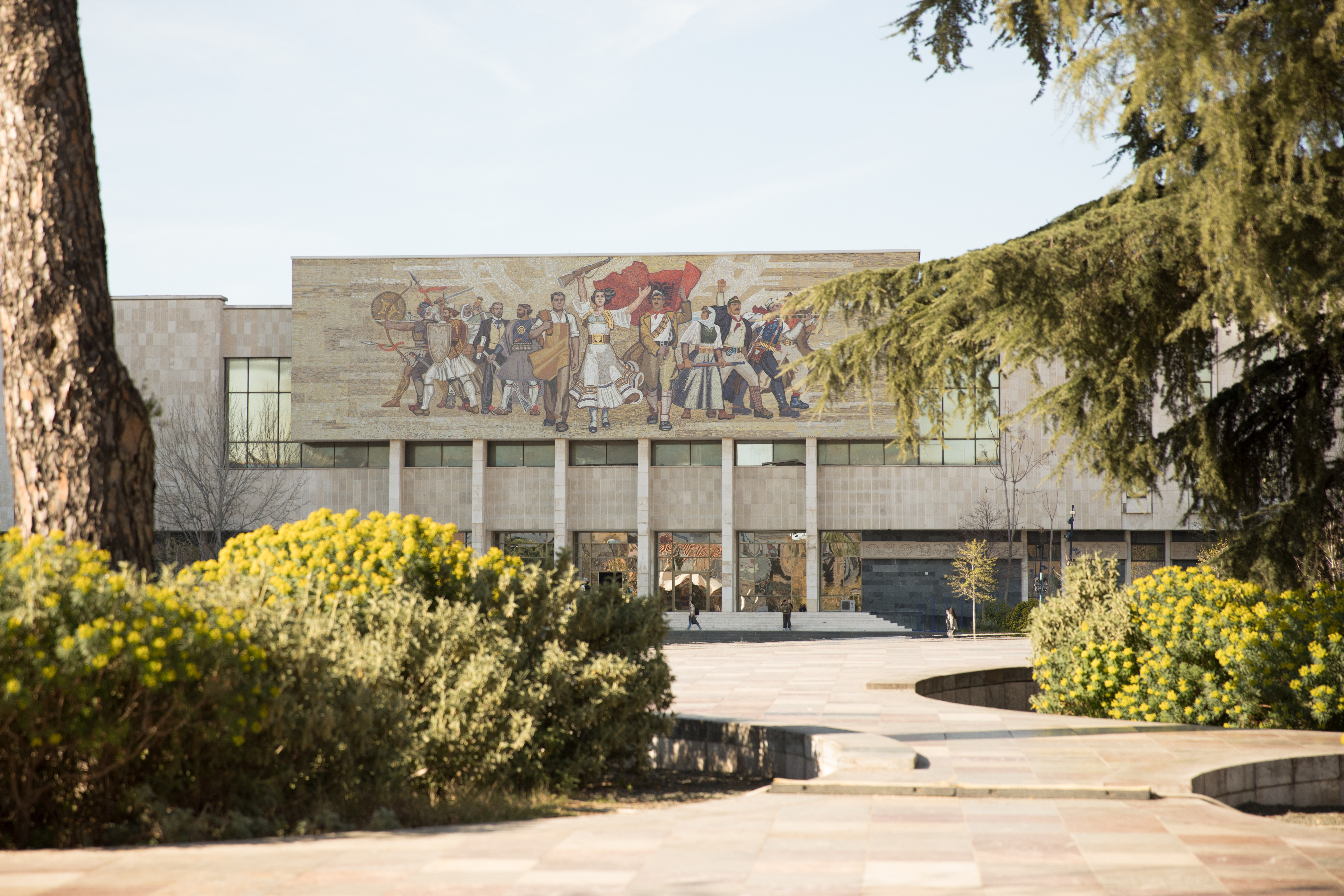

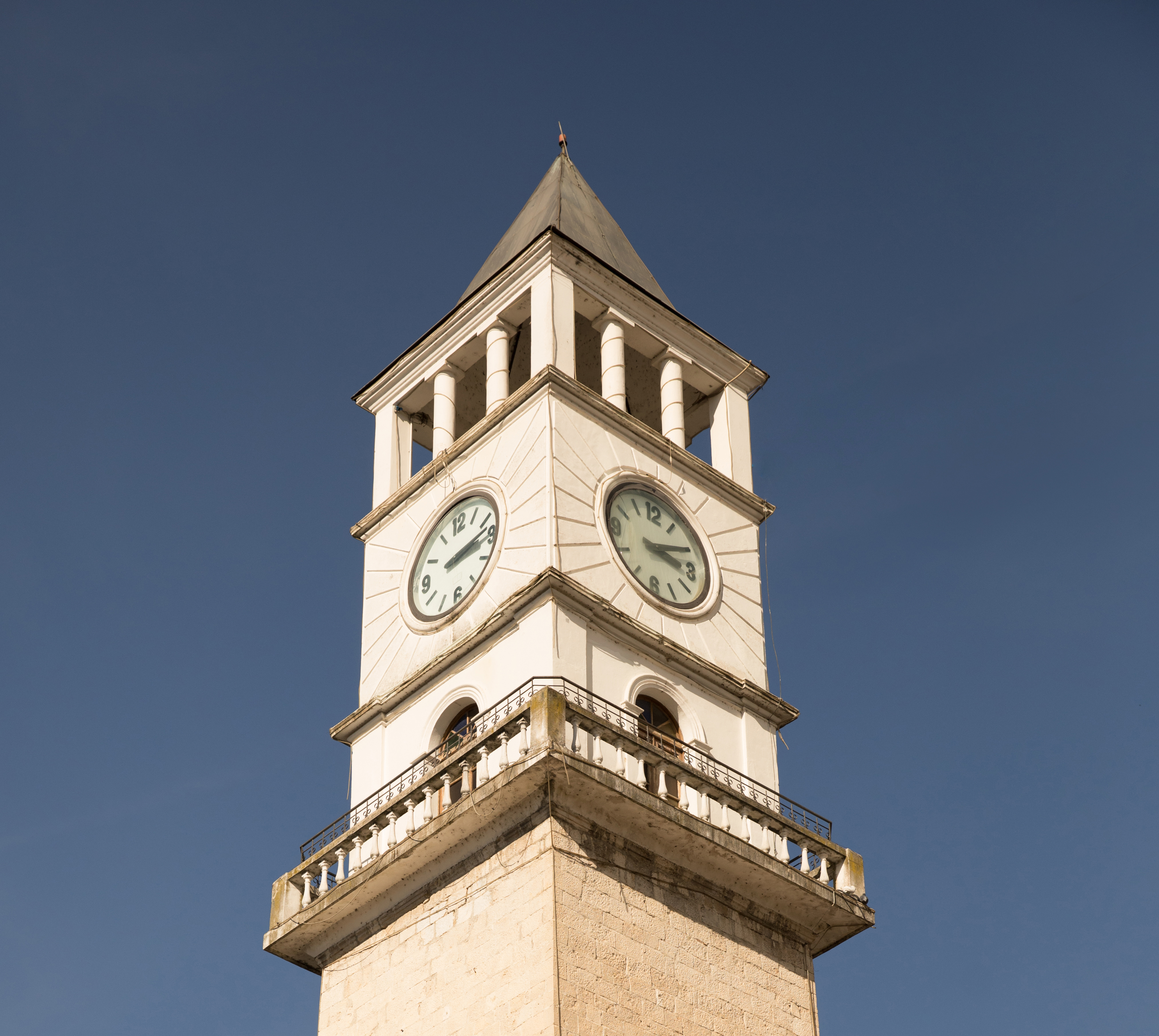
The Skanderbeg Monument really captures the spirit of Tirana and Albania as a whole. Skanderbeg is the national hero, revered for his courageous resistance against the Ottoman Empire in the 15th century, and the monument is an impressive tribute to his legacy. The sculpture by Odhise Paskali, towering at 11 meters, serves as both a reminder of Albania’s history and a symbol of its enduring pride and independence. It’s fascinating how such a monument not only honors Skanderbeg but also anchors the city’s cultural and historical significance.
Skanderbeg Square itself is truly the heart of Tirana, surrounded by some of the country’s most important landmarks. From the National Museum, which offers deep insights into Albania's history and evolution, to the Opera and Ballet Theater, where you can experience the country’s artistic side, there’s so much to explore in this area alone. The proximity of the government buildings also highlights how these square functions as a political and cultural hub.
It's also a place where locals and visitors alike gather, and it often becomes the backdrop for events and celebrations.
The combination of historical monuments with modern city life makes it a perfect example of Tirana’s unique blend of old and new.

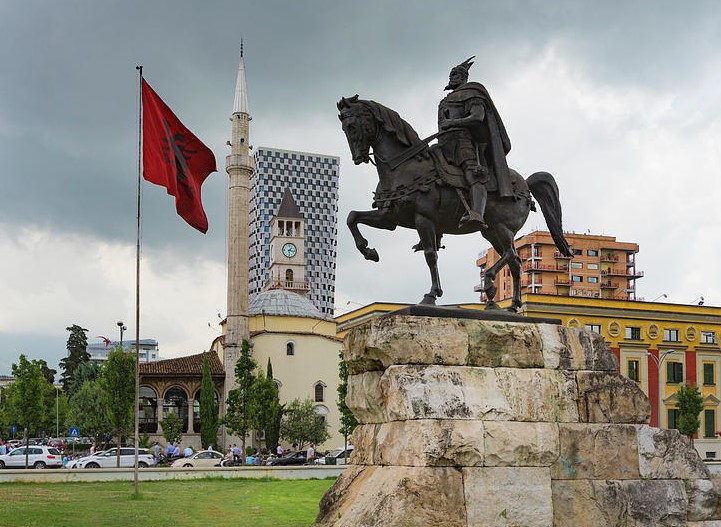
Scanderbeg Square has undergone a major restoration and was reopened on June 10, 2017 to become a huge pedestrian area. The elements of the new square are: almost 28 000 square meters paved with tiles from all the places where Albanians live. This stone pavement has the shape of a flat pyramid with the highest point in the middle at about 1.80 m. The square has more than 100 fountains with fresh water to keep the place cool during the hot summer. Mini parks, benches, flowers, platforms for taking photos or altars for getting married are part of the square. There are 32 square meters planted with different aromatic trees and 90 000 square meters walking area, while the underground parking can accommodate about up to 300.
The Pyramid of Tirana, originally constructed as a museum dedicated to the Albanian dictator Enver Hoxha, has been transformed into the TUMO Center Tirana. This youth-oriented IT center focuses on creative technologies such as computer programming, robotics, and fostering startups, showing the country’s shift toward innovation while preserving an iconic structure from its past.
These sites offer a blend of historical reflection and modern transformation, allowing visitors to connect with both Albania's history and its evolving future.
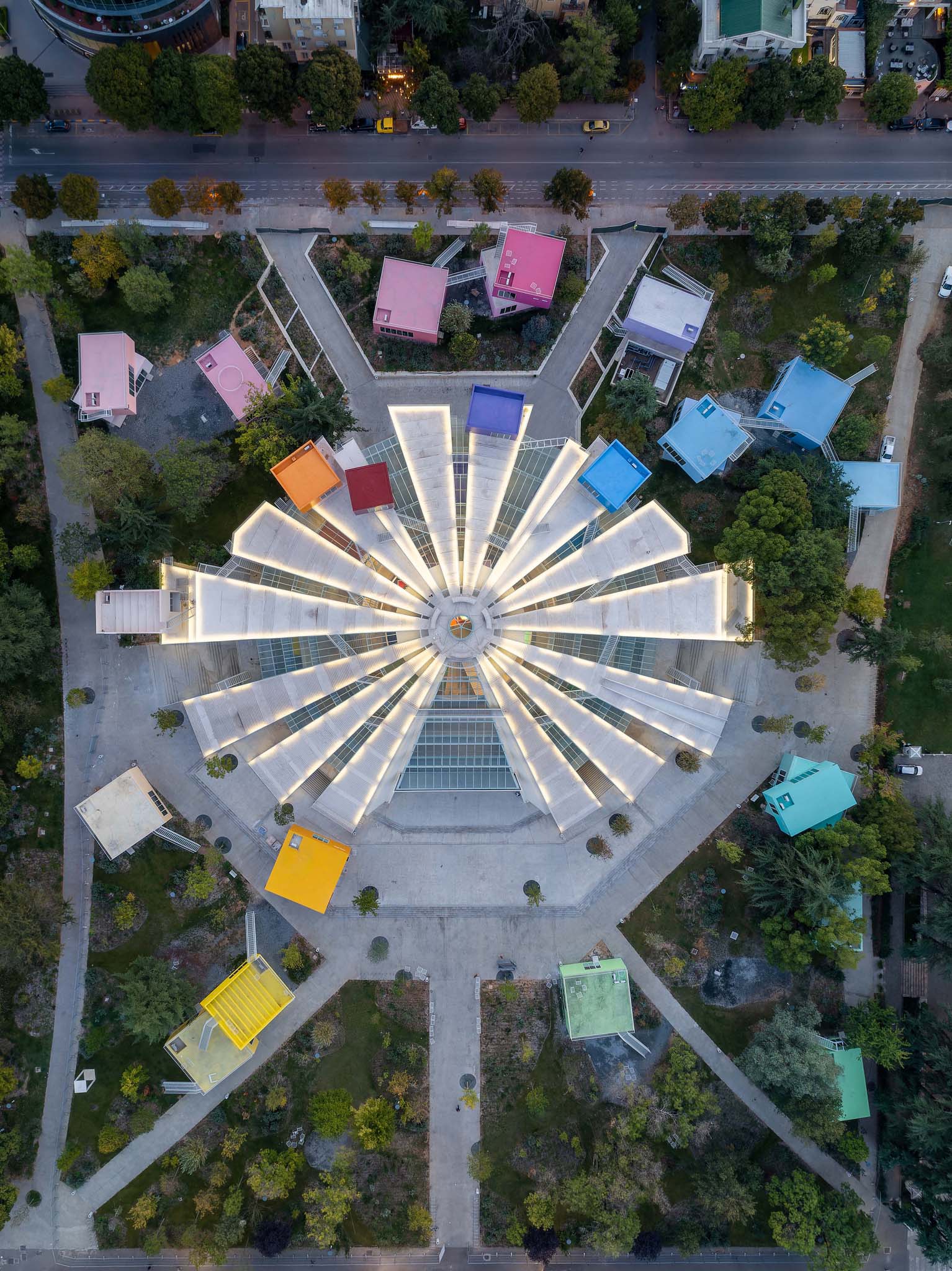
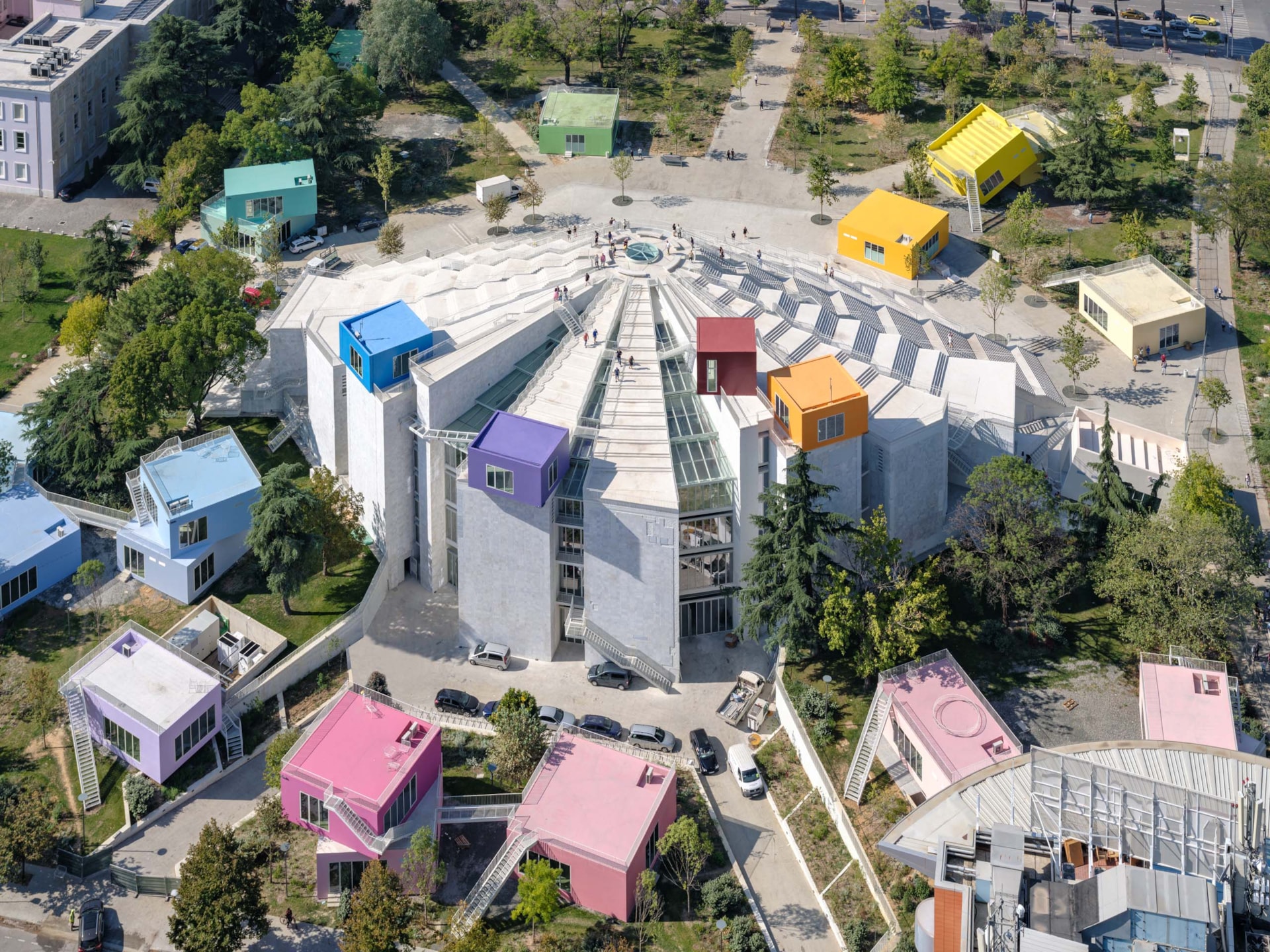
The Museum of the Army in Tirana is indeed another fascinating destination, especially for those interested in the Cold War period. Housed in a former military facility, the museum showcases Albania’s military history, including artifacts, equipment, and exhibitions related to both World War II and the Cold War era. It's a great place to learn about the country's defense strategies during a time of global tension and to see military relics that were once used to protect the nation during its communist regime.
On the southern side of the city, the Grand Park of Tirana (often referred to as Parku i Madh or The Great Park) is a large green space covering 260 hectares. This expansive park is a favorite among locals for outdoor activities. It's ideal for recreation, jogging, and walking, offering a peaceful environment amidst the bustling city. The park also features a lake, cafes, and areas for picnics, making it a popular escape for both residents and tourists looking to unwind.
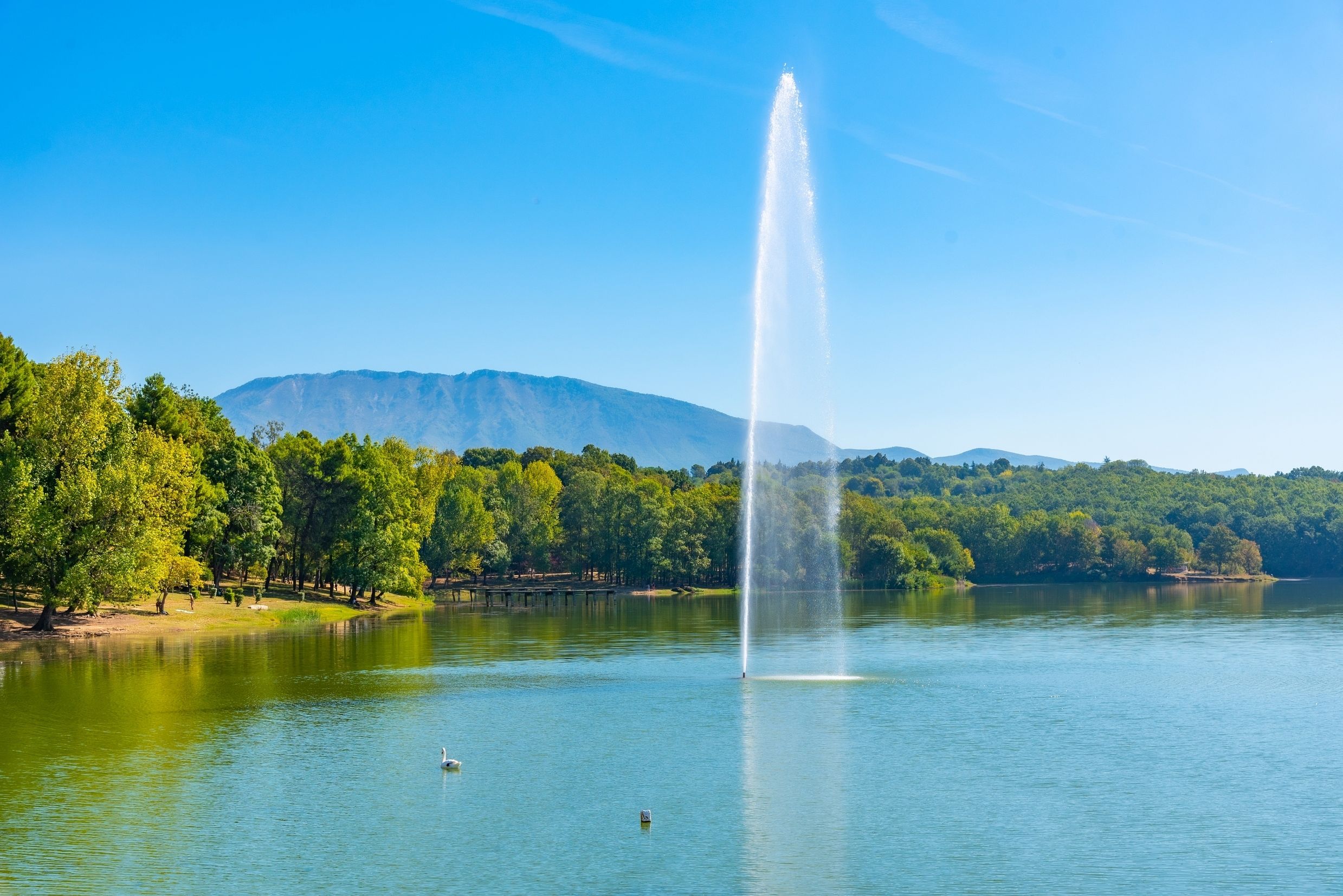
Tirana is a vibrant city not only rich in history and culture but also in culinary diversity. The city's restaurants offer a wide range of options, from traditional Albanian cuisine to international choices like Italian, Spanish, Chinese, and Indian food, reflecting the multicultural influences in the city. Albanian food is particularly known for its fresh ingredients and hearty dishes.
One standout dish you might want to try while in Tirana is “Casserole Earth” (known as "Tavë Elbasani" in Albanian), a traditional dish made with cheese, tomato, and the liver of livestock. It's a flavorful and satisfying option that captures the essence of local cooking.
Tirana and its surrounding area also benefit from a mild climate, which is perfect for wine production. The region produces notable wine varieties such as “Sheshi i Zi” (Black Square) and “Sheshi i Bardhë” (White Square), which are highly regarded by wine enthusiasts. If you're a wine lover, sampling these local wines is a must when you're visiting the area.
For those who enjoy nature and outdoor activities, Dajti National Park is a must-see. Located just 25 km from Tirana, this expansive park is often referred to as “the natural balcony of Tirana” due to its breathtaking views of the city and surrounding landscape. The park spans over 3,300 hectares, offering plenty of opportunities for hiking, picnicking, and exploration. You can reach the park via the funicular railway, which provides stunning views as you ascend the mountain, making the journey as enjoyable as the destination itself.
These attractions—delicious food, exquisite wines, and the natural beauty of Dajti National Park—make Tirana a dynamic place to visit, offering a perfect balance of urban excitement and natural serenity.